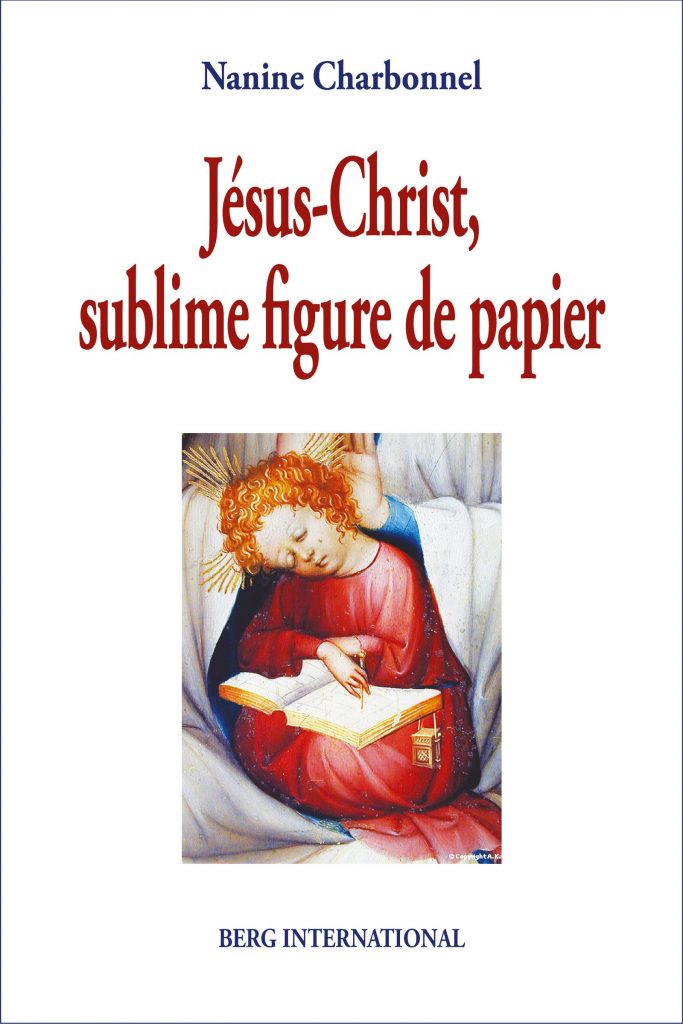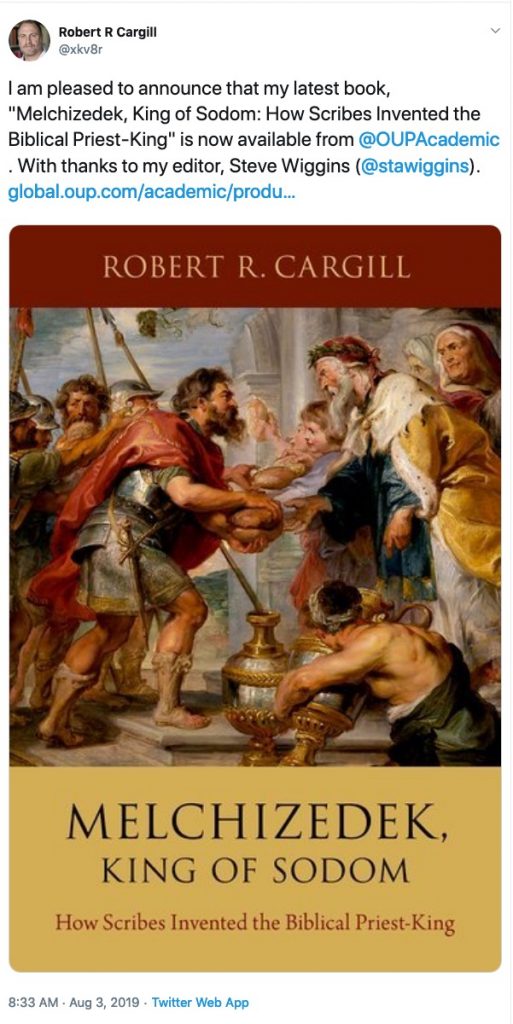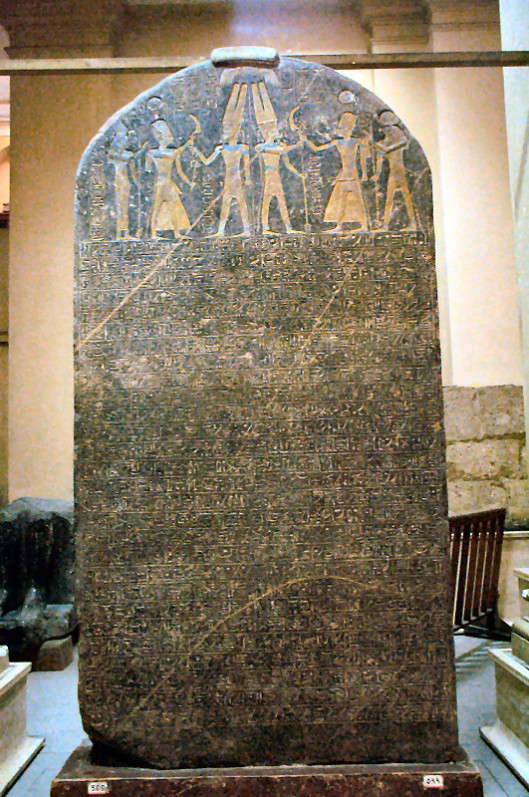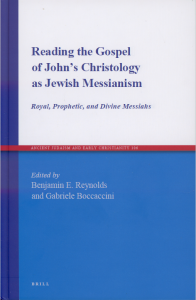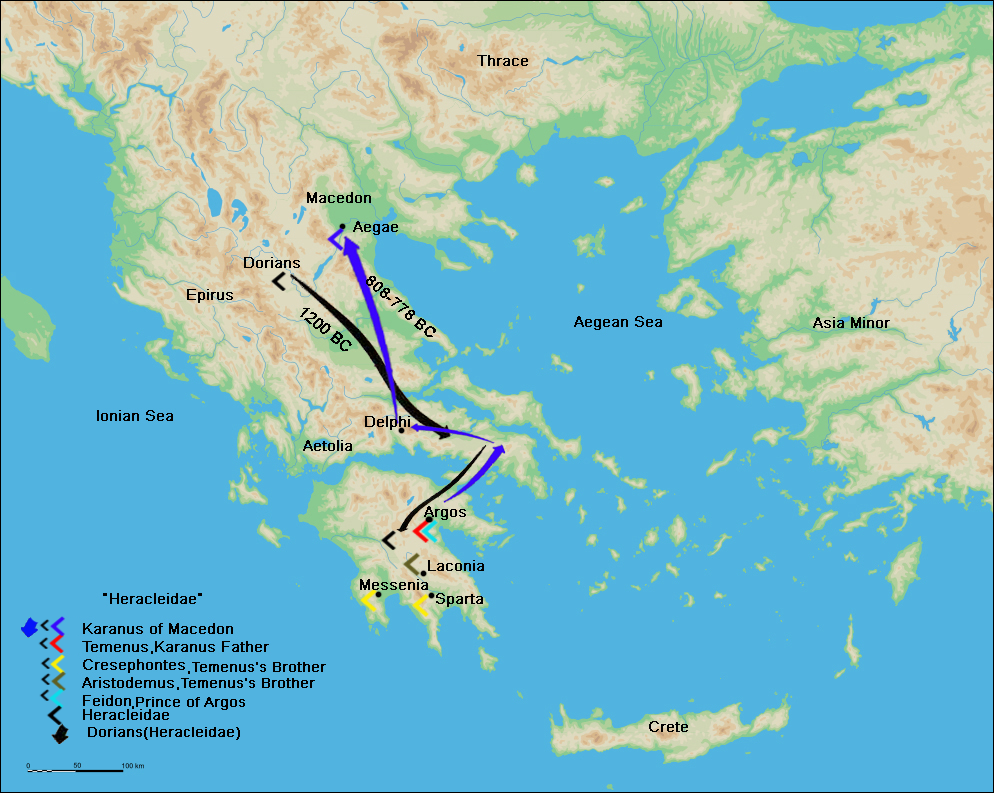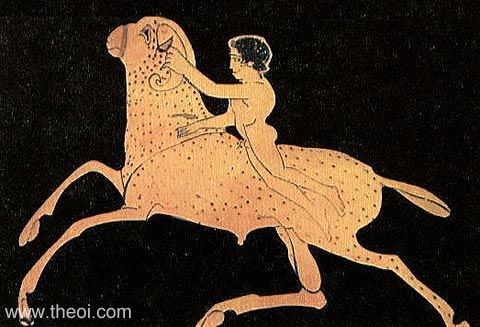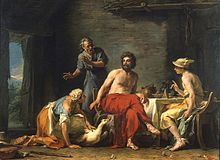 Nanine Charbonnel has written a Prelude of a hundred pages, three chapters, to her discussion of the historicity of Jesus, Jésus-Christ, Sublime Figure de Papier. Well aware of the vitriol that generally accompanies the question, she explains her hope that such an introduction will help smooth the way for a calm, considered discussion of the topic.
Nanine Charbonnel has written a Prelude of a hundred pages, three chapters, to her discussion of the historicity of Jesus, Jésus-Christ, Sublime Figure de Papier. Well aware of the vitriol that generally accompanies the question, she explains her hope that such an introduction will help smooth the way for a calm, considered discussion of the topic.
In this post begin to discuss the final section of that last chapter of her Prelude. I won’t complete it because there is too much of interest to try to cram it all into a single post. In this post we’ll look at an example of how wordplay in a biblical narrative speaks against the story having a historical basis.
The previous post introduced the impossibility of separating the individual from the collective meaning of biblical narratives, made even more difficult by the ready confusion of tenses — the future spoken of as past yet bearing on the present time for the reader.
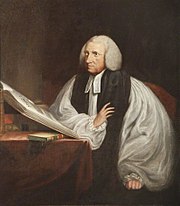
NC reaches back to the eighteenth century’s Robert Lowth who made the same point in Lectures on the Sacred Poetry of the Hebrews. Lowth distinguished normal allegory or parable from what he labelled a “mystical allegory” in biblical narratives. A normal allegory consists of a symbol or metaphor representing another figure. When a wild beast is used to represent a rampaging empire no-one thinks the story, at any level of comprehension, is about the wild beast. But as we have seen, we find something different in the patriarchal narratives, for instance. Abraham and Sarah’s adventures in Egypt are about both Abraham and Sarah and the Exodus story of their descendants.
Charbonnel quotes Robert Lowth who argues that “mystical allegory” sets the narratives of the Hebrew Scriptures apart from other literature. The “mystical allegories” derive their imagery entirely from within Jewish religious thought.
This latter kind of allegory [= “mystical allegory”], on the contrary, can only be supplied with proper materials from the sacred rites of the Hebrews themselves ; nor can it be introduced, except in relation to such things as are directly connected with the Jewish religion, or their immediate opposites ; for to Israel, Sion, Jerusalem, in the allegorical as well as the literal sense, are opposed Assyria, Babylon, Egypt, Idumea . . . (Lowth, 123. From the English translation of the Latin original; NC quotes French translation)
Not all critics agreed with Lowth on this point. Included in the English translation were notes by Professor Michaelis, who comments on Lowth’s idea of “mystical allegory”:
I admire the perspicacity of our Author in discovering this circumstance, and his candour in so freely disclosing his opinion. I am, however, much inclined to suspect those qualities which are supposed to be altogether peculiar to the sacred poetry of the Hebrews ; and there is, I confess, need of uncommon force of argument to convince me, that the sacred writings are to be interpreted by rules in every respect different from those by which other writings and other languages are interpreted ; but, in truth, this hypothesis of a double sense being applicable to the same words, is so far from resting on any solid ground of argument, that I find it is altogether founded on the practice of commentators, and their vague and tralatitious opinions.—M. (123 f)
Elaborating on his objection M subsequently insists that Psalm 110 is exclusively about the Messiah and has no other meaning, certainly not also applying to David; Psalm 18, on the other hand, cannot refer to the Messiah but can only refer to one person, David.
Then,
There is likewise this further distinction, that in those other forms of allegory [e.g. a lion representing a marauding kingdom] the exterior or ostensible imagery is fiction only ; the truth lies altogether in the interior or remote sense, which is veiled, as it were, under this thin and pellucid covering. But in the allegory of which we are now treating [Lowth’s “mystical allegory”], each idea is equally agreeable to truth. The exterior or ostensible image is not a shadowy colouring of the interior sense, but is in itself a reality; and although it sustain another character, it does not wholly lay aside its own. For instance, in the metaphor, or parable, the Lion, the Eagle, the Cedar, considered with respect to their identical existence, are altogether destitute of reality ; but what we read of David, Solomon, or Jerusalem, in this sublimer kind of allegory, may be either accepted in a literal sense, or may be mystically interpreted according to the religion of the Hebrews ; and in each view, whether considered conjunctly or apart, will be found equally agreeable to truth. (Lowth, 124)
For Lowth, this was the work of the Holy Spirit:
I had occasion before to remark the liberty which is allowed in the continued metaphor, of mingling the literal with the figurative meaning, that is, the obvious with the remote idea, which is a liberty altogether inconsistent with the nature of a parable. But to establish any certain rules with regard to this point in the conduct of the mystical allegory, would be a difficult and hazardous undertaking. For the Holy Spirit has evidently chosen different modes of revealing his sacred counsels according to the circumstances of persons and times, inciting and directing at pleasure the minds of his prophets . . . (124 f)
Names Make the Story Work
The composers of biblical stories assigned meaningful names to both persons and places. Sometimes the meaning is made explicit. Cain, Abel, Babel, Levi and Levites, . . . .
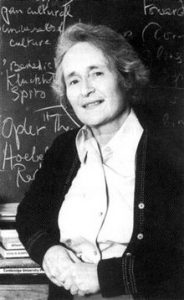
NC refers to a fascinating discussion by anthropologist Mary Douglas on the significance of names (and absence of name) in the story of the stoning of the blasphemer in Leviticus 24. I will quote the entire section from Douglas’s Leviticus as Literature, 205-208, with my own bolded highlighting:
The Curser Cursed
The second story bursts in to the calm sequence of laws . . . . Stoning is not an obvious tit-for-tat riposte for insult or blasphemy, but in the middle of the short story the law of talion is solemnly recited:
Now an Israelite woman’s son, whose father was an Egyptian, went out among the people of Israel; and the Israelite woman’s son and a man of Israel quarrelled in the camp, and the Israelite’s woman’s son blasphemed the Name, and cursed.
And they brought him to Moses. His mother’s name was Shelomith, the daughter of Dibri, of the tribe of Dan. And they put him in custody, till the will of the Lord should be declared to them.
And the Lord said to Moses, ‘Bring out of the camp him who cursed; and let all who heard him lay their hands upon his head, and let all the congregation stone him. And say to the people of Israel, Whoever curses his God shall bear his sin. He who blasphemes the name of the Lord shall be put to death; all the congregation shall stone him: the sojourner as well as the native, when he blasphemes the Name, shall be put to death. He who kills a man shall be put to death. He who kills a beast shall make it good, life for life. When a man causes a disfigurement in his neighbour, as he has done it shall be done to him, fracture for fracture, eye for eye, tooth for tooth; as he has disfigured a man he shall be disfigured. He who kills a beast shall make it good; and he who kills a man shall be put to death. You shall have one law for the sojourner and for the native; for I am the Lord your God.’ So Moses spoke to the people of Israel; and they brought him who had cursed out of the camp, and stoned him with stones. Thus the people of Israel did as the Lord commanded Moses. (Lev 24: 10–23)
The strong retaliatory element does not appear obvious in the story although it is usually taken to illustrate the application of the law. There is nothing at first glance to connect cursing with stoning. ‘Sticks and stones do break my bones, but words will never hurt me,’ but if it is shifted to the verbal level a linguistic parallel appears, with scope for possible word-play. Two words have been used. Verse 15 says: ‘Whoever curses his God.’ The word for the act of cursing [= q-l-l, dishonour, curse] means to trifle, despise, dishonour, make contemptible. But in verse 16 it says: ‘He who blasphemes the name of the Lord.’ This term is slightly different, it has the same stem as ‘to bore a hole’, or ‘to pierce’, and by extension, to specify, to pronounce explicitly, to identify, [= n-q-b, to pierce, bore through, perforate] and from here by extension presumably to name insultingly. Usually the two meanings are unconnected, but there is resonance between them. In the midst of a fight the man did two bad things, first he cursed, and second he spoke against or pierced with words the name of God. When consulted what to do (presumably by the priestly oracle) God commanded that he be put to death by stoning. The Hebrew stem of the verb which is translated as to stone [= r-g-m, to throw, hurl, pelt] actually means to hurl or pelt. In English it could mean to pelt with anything, cabbages, bad tomatoes, or dung, but in Hebrew it is always used to pelt with stones. The oracle does not seem to have chosen a punishment that fits the crime, but if the word play be admitted, the retaliatory principle works in the literary mode: the blasphemer has hurled insults at the name of God, let him die by stones hurled at him. In English the nearest double meaning is the metaphor of mud-slinging. Then the oracle would run as follows: he has slung mud, let him die by mud slung at him.
The literary mode might be right. There are some curious names in this story, which need to be unravelled. We are told that the blasphemer’s mother’s name was ‘Shelomith’, which might suggest retribution, [Cf. shelummat] her father was Dibri, which suggests lawsuit [Cf. dibrah]; by his mother he was of the tribe of Dan, which suggests judgement [Cf. Genesis 49: 16: ‘Dan shall judge his people as one of the tribes of Israel.’]. By a strongly directed selection of the meanings of the names the story told to children could go like this:
‘Once there was a man (with no name), son of Shelomith-Retribution, grandson of Dibri-Lawsuit, from the house of Dan-Judgement, and he pelted insults at the Name . . . and the Lord said “He shall die, he pelted my Name, he shall be pelted to death.” ’
But could not the story be told that way because it is the way it happened in history? Continue reading “Jésus-Christ, Sublime Figure de Papier. Chap 3c. … Word Play Undermining Historicity”

